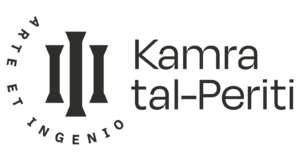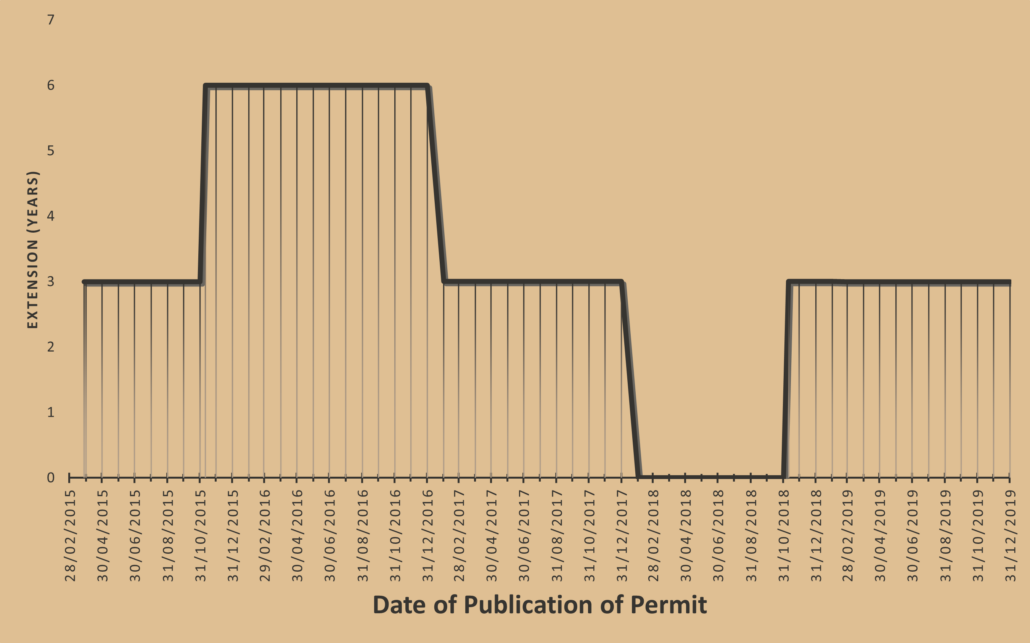PR 04/24 | Kamra tal-Periti’s Palestinian Student Initiative Receives Government Support
Last Thursday, Perit Andre Pizzuto, President of Kamra tal-Periti, and Perit Joeaby Vassallo, Communications & International Secretary, met with Minister Ian Borg, the Minister for Foreign and European Affairs and Trade, to discuss the Chamber’s collaboration with Birzeit University, Palestine. This initiative is aimed at organising a practical architectural experience for Palestinian architecture students in Malta.
During the discussions, Minister Borg praised the initiative, stating, “The real test of our country’s commitment to peace, mutual respect, and generosity towards people living in conflict zones is the success of such intercultural collaborations.” The Ministry for Foreign Affairs is providing consular assistance to facilitate the smooth arrival and stay of the students in Malta and other logistical support.
Perit Andre Pizzuto reinforced the Minister’s sentiments: “Architecture is about building communities through cultural gestures in public spaces that aim to improve the quality of life of those who inhabit them. By establishing robust collaboration among Mediterranean architects, we not only strengthen our professional ties but also amplify our collective impact on regional development. This summer, we are dedicated to enriching the educational experiences of our Palestinian colleagues through international exposure.”
Project Development and Updates
Kamra tal-Periti is setting up a pop-up studio for 15 Palestinian architecture students who will spend a the second half of this July in Malta engaging in a hands-on, transformative educational program. The studio aims to blend Palestinian and Maltese design approaches, fostering collaboration and idea-sharing among participants while establishing significant connections in the international architectural community.
Since its launch in April, the initiative has received strong support, with numerous Periti, architecture students and other individuals offering their assistance. Discussions with the Embassy of Palestine in Malta are progressing well to enhance this collaboration. We are calling on the public to support this project through various means, including accommodation, travel sponsorships, resources for the pop-up studio, and mentorship opportunities with local professionals.
Expression of Interest for Accommodation
As July approaches, there is a pressing need to secure suitable accommodation for the 15 Palestinian architecture students and 3 tutors participating in our program. In response to this critical requirement, Kamra tal-Periti is officially launching an Expression of Interest for Accomodation. While the students are prepared to cover their accommodation costs, any form of sponsorship, whether partial or complete, would be greatly appreciated and would substantially facilitate the success of this experience.
We earnestly appeal to the public and potential sponsors to assist in meeting this crucial need. For details on how to submit your proposal or to discuss potential collaboration, please refer to the Expression of Interest here.
For more information or to offer support, contact Kamra tal-Periti by email at jvassallo@kamratalperiti.org or via phone or WhatsApp at +356 99 202 406.




You must be logged in to post a comment.